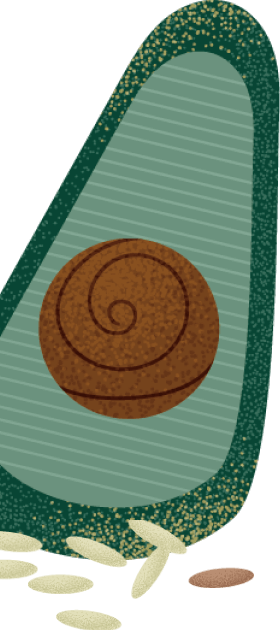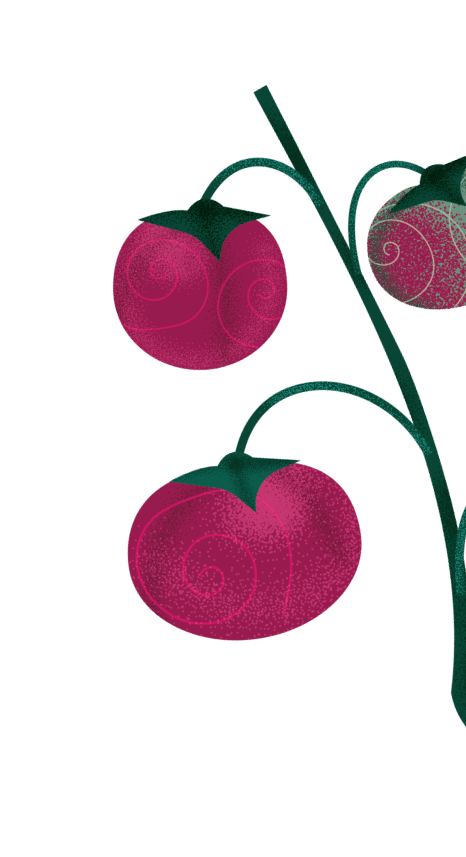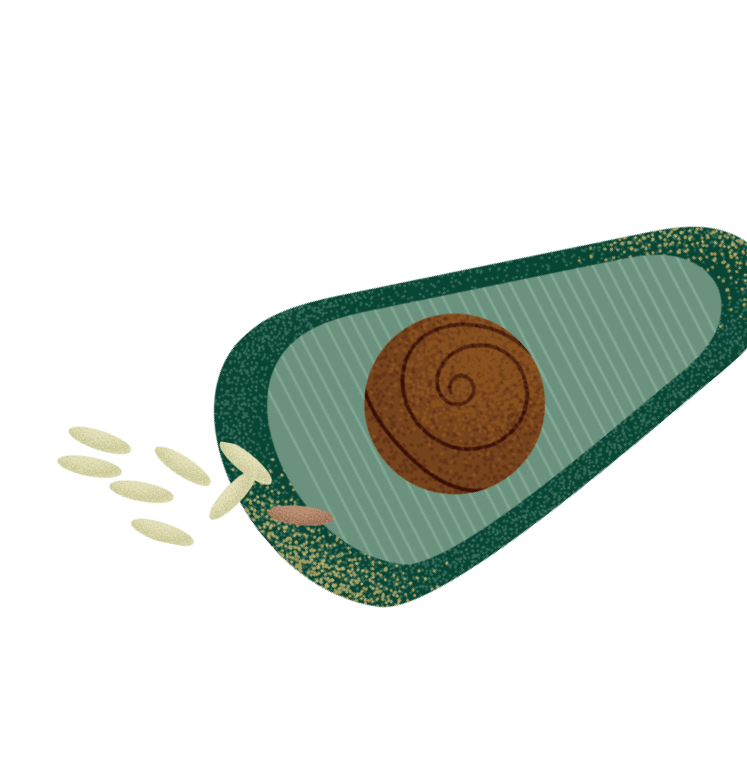Shop
Welcome to the McDougall Shop! Expand your education and confidence in a starch-based lifestyle with one of Dr. John and Mary McDougall’s national best-selling books, or explore our library of podcasts and videos.
Looking for our programs?
Join the Starch Solution Community or check out our Mini-Courses.
Looking for inspiration in the kitchen? Check out our library of recipes.
Featured Products:
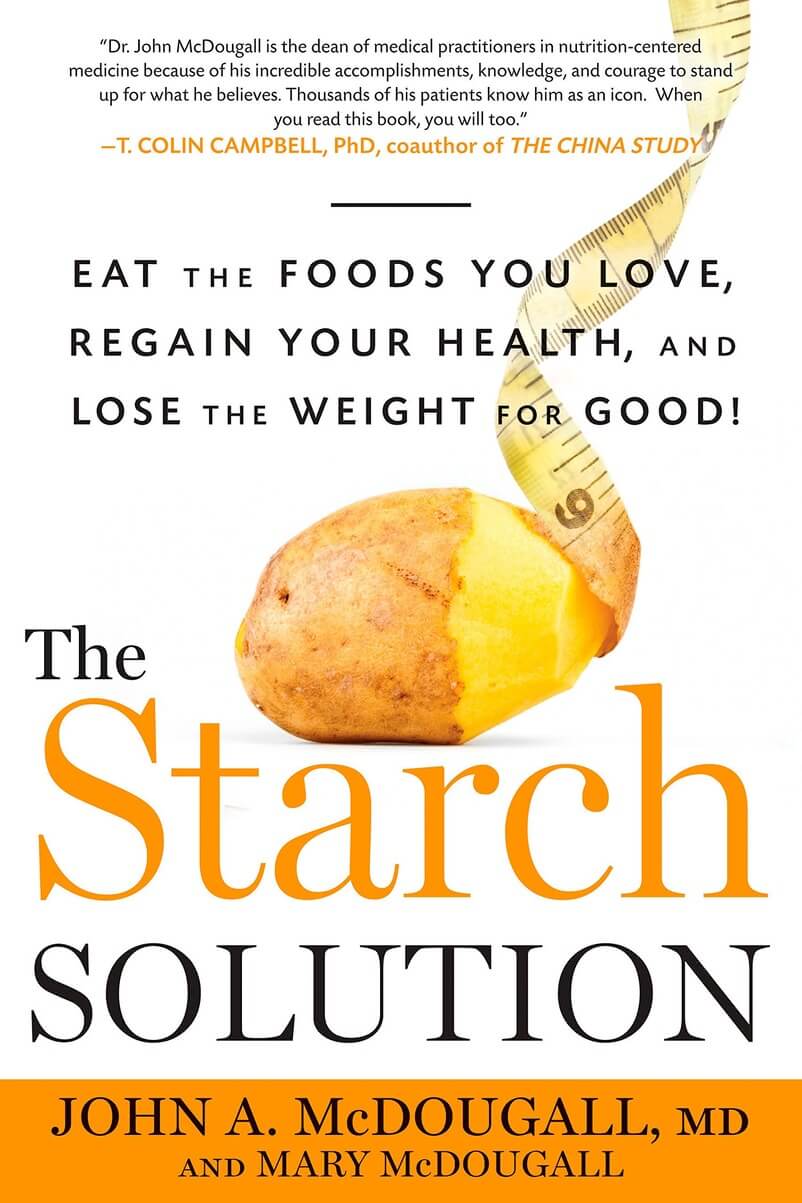
The Starch Solution
One of the top vegan books on Amazon, this book will help you lose weight and prevent a variety of illnesses such as diabetes, heart disease and more. It will f
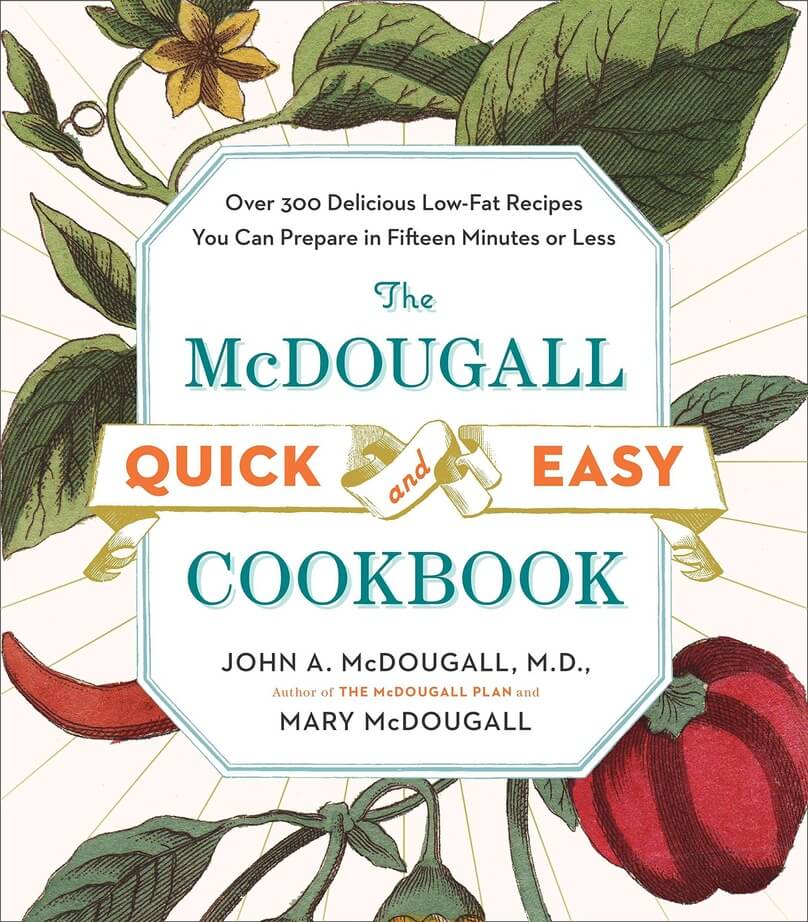
The McDougall Quick & Easy Cookbook
Over 300 delicious starch-based recipes you can prepare in 15 minutes or less. By using more canned and packaged products, Mary McDougall has put together so
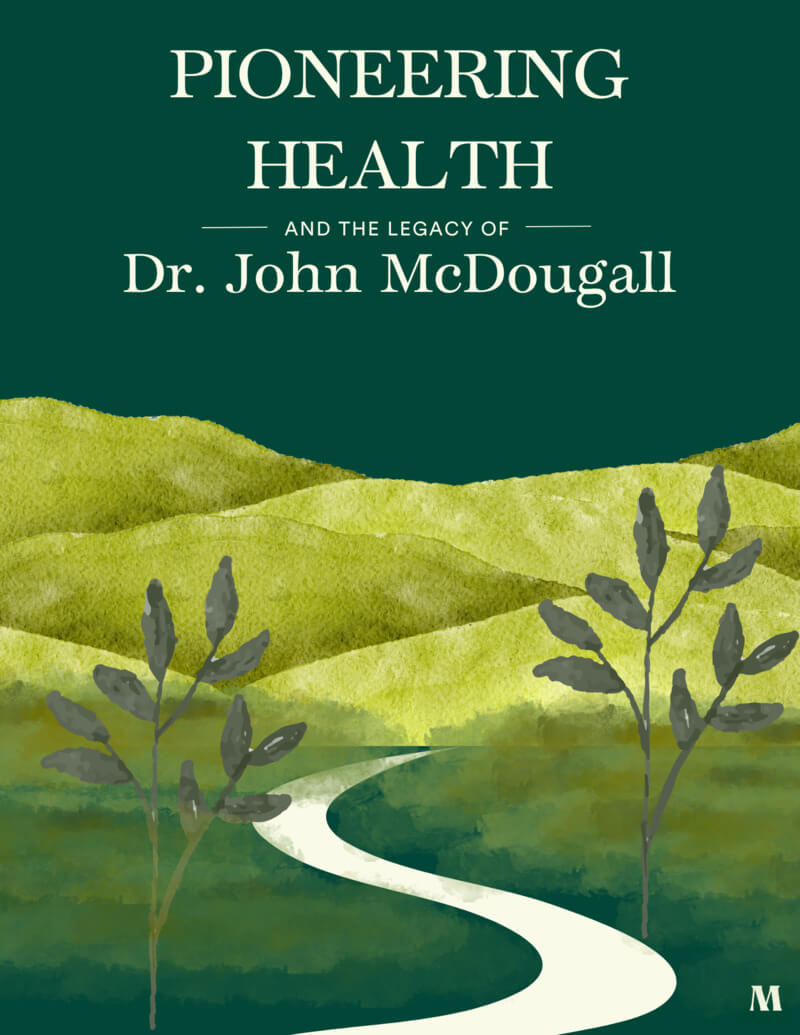
Pioneering Health and the Legacy of Dr. John McDougall
More than 18 hours of health-saving entertainment and advice from six McDougall Advanced Study Weekends. Cure common dietary diseases, avoid painful tests and t
Browse Products:










